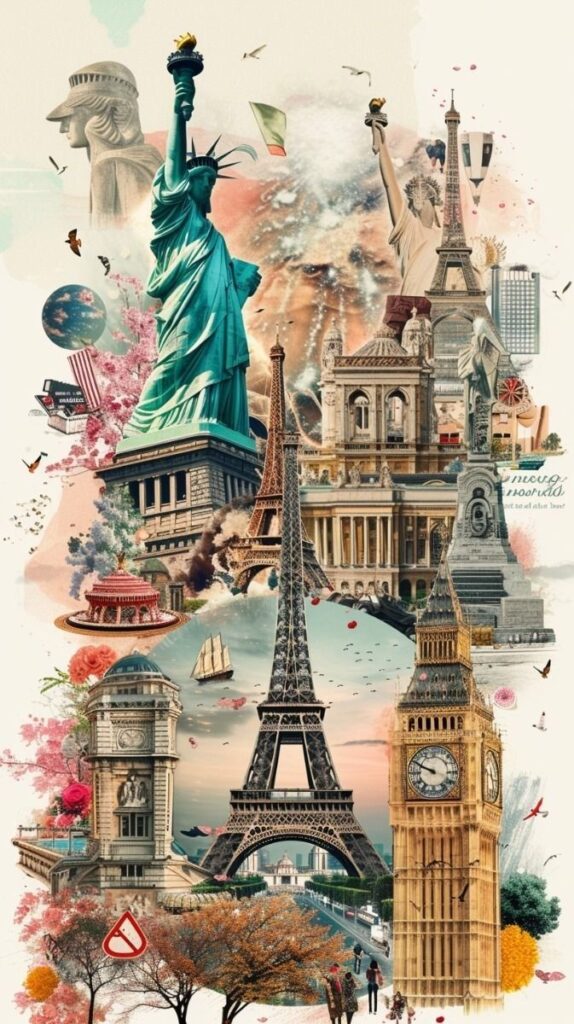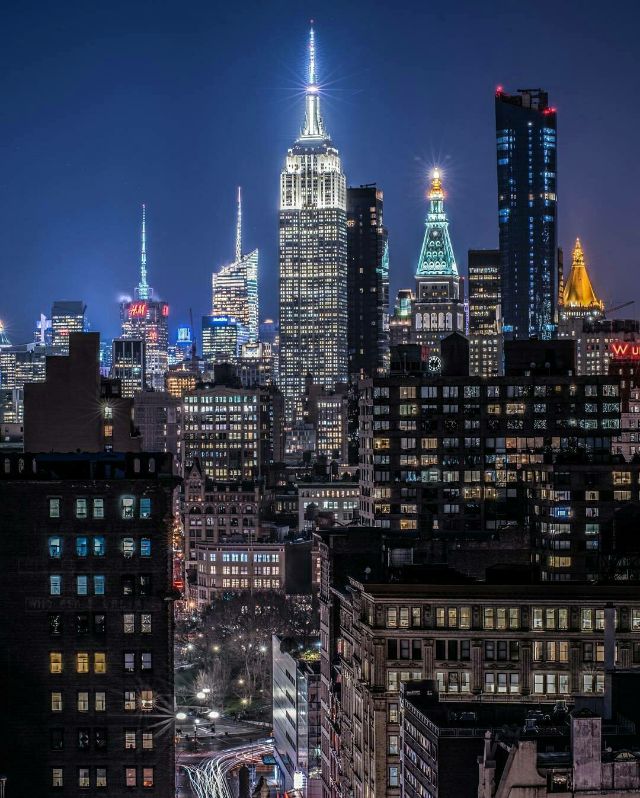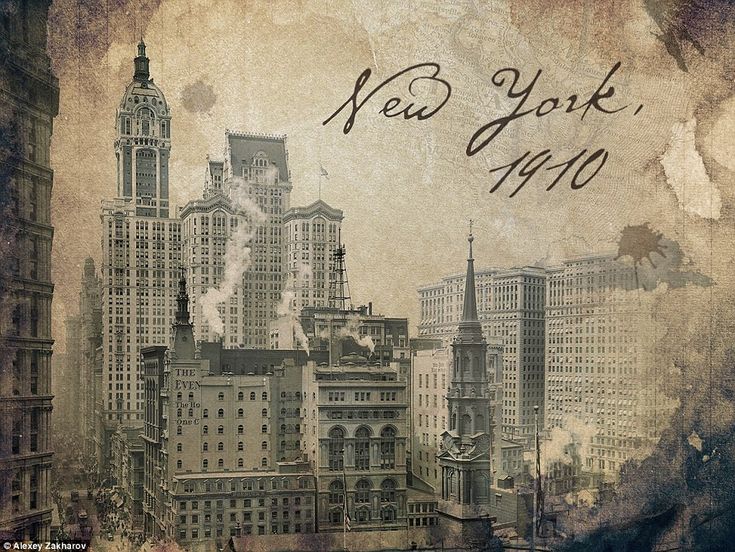New York City in 1899 was a thriving metropolis filled with drive, innovation, and diversity of culture. It was a period of change, where the pillars of contemporary America were being established against the backdrop of dichotomous realities. From skyscrapers just starting to make their presence felt in the skyline to the overpopulated tenement houses that accommodated immigrants, New York City in 1899 was a miniature representation of hope and adversity.

A City on the Rise
The 20th century was dawning, and New York City was becoming the world center of commerce and culture. Its population had grown to more than three million, the largest of any city in the United States. The explosion of growth was fueled by immigration waves, especially from Europe. Ellis Island, opened in 1892, was the entry point for millions of people who wanted to make a better life for themselves in America. The city was a melting pot of traditions, languages, and hopes by 1899.
Urban Infrastructure and Growth
The urban landscape of 1899 was a mix of old and new. Carriages and streetcars along the streets were shared with pedestrians walking cobblestone streets. Elevated trains, or “el trains,” provided a glimpse of modern city transit, carrying passengers above the crowded city streets. Completed in 1883, the Brooklyn Bridge represented a miracle of engineering and a reflection of the city’s advancement.
Skyscrapers, while humble compared to today’s standards, started to reshape the skyline. The building of high-rise office buildings, like the Park Row Building, finished in 1899 and standing at 391 feet, was the city’s bid for going higher—literally and metaphorically.
Life for the Wealthy
For the city’s elite class, life in 1899 was a world of extravagance and luxury. Fifth Avenue was graced with stunning mansions that served as residences for industrial magnates and socialites. Extravagant balls and social gatherings were the order of the day for high society, with names such as the Astors and Vanderbilts being the epitome of luxury.
The affluent appreciated the arts, eating at classy restaurants, and watching performances at theaters such as the Metropolitan Opera House. Central Park, designed by Frederick Law Olmsted and Calvert Vaux, offered a refuge for strolls and carriage rides.
The Immigrant Experience
Whereas the wealthy lived in luxury, most New Yorkers experienced a vastly different existence. Immigrants who had come to the city in recent decades lived in cramped tenements in such areas as the Lower East Side. Such buildings tended to have inadequate ventilation and sanitation.
There were plenty of jobs, but they tended to be hard and low-paying. Immigrants were employed in factories, sweatshops, or as street vendors. Hardship notwithstanding, the immigrant groups infused life into the city and the state by bringing with them new foods, customs, and cultural practices that would become the hallmark of New York’s identity.
Cultural Milestones
New York City in 1899 was a center of culture. The city’s theaters, vaudeville theaters, and music halls provided entertainment for every class. The advent of Ragtime music started affecting the soundscape of the city, mirroring the changing tastes of its multicultural population.
In journalism, Joseph Pulitzer and William Randolph Hearst battled relentlessly, employing sensational headlines to market newspapers. During this period of “yellow journalism,” public perception was influenced and the strength of the press was demonstrated.
Technological Advancements
Technological change was revolutionizing daily life. Widespread use of electricity was still in its early stages, but much of the city was already feeling its advantages. Streetlights were lighting main streets, and business hours were being lengthened into the evening. The telephone, though not yet everywhere, was speeding up and simplifying communication.
Social Reform and Challenges
The late 19th century was also a time of growing awareness about social issues. Reformers like Jacob Riis documented the struggles of the urban poor through photography and journalism. His book How the Other Half Lives (published in 1890) brought attention to the living conditions in tenements and sparked calls for housing reform.
Labor movements picked up steam, with workers unifying to call for improved wages, hours, and working conditions. Protests and strikes were widespread, illustrating the increasing discontent among the working class.
Leisure and Recreation
For the leisurely, Coney Island was a favorite destination. The amusement parks had rides, games, and attractions that allowed people to escape the drudgery of everyday life. Baseball, sometimes referred to as America’s pastime, was becoming more popular, with the New York Giants and Brooklyn Superbas attracting fans to their games.

The Changing Role of Women
Women in 1899 were starting to question roles that had been predetermined for a long time. While some still remained homemakers, others entered the labor market or sought education. The suffrage movement for women’s voting rights was in the process of gathering momentum, paving the way for sweeping social changes in the next few decades.
Looking Ahead
New York City during 1899 was a city of contrasts. It was where extreme wealth and abject poverty existed side by side, tradition and innovation, and dreams were chased despite the tough competition. This dynamic era set the stage for the city’s transformation into a global leader, demonstrating the strength and diversity that persist in New York City today.
As the 20th century approached on the horizon, New York stood ready to take the nation into a new millennium of possibility and progress. Its tale in 1899 is a snapshot of a city and a nation on the threshold of change.





